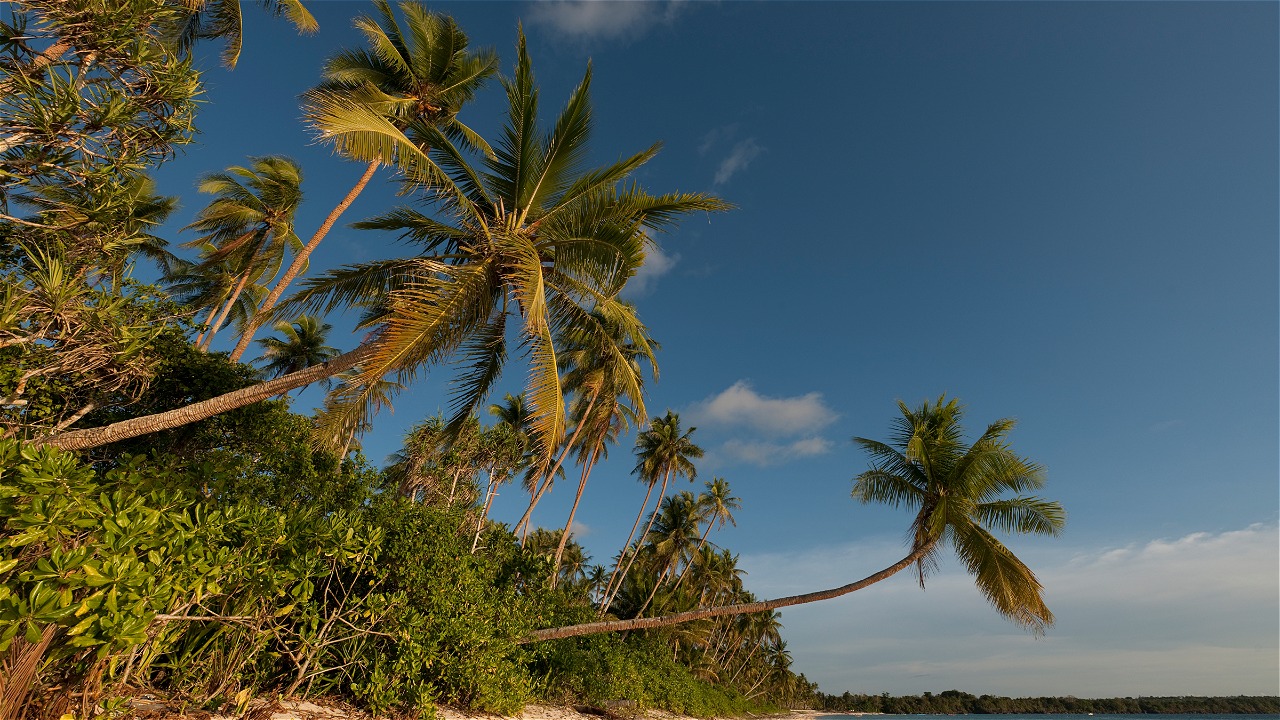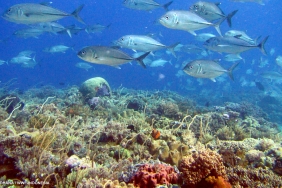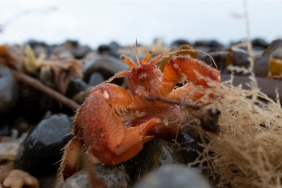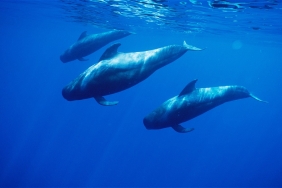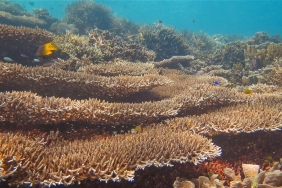WELCOMING TPK KEI KECIL, A NEW MARINE PROTECTED AREA IN INDONESIA
Author: Novita Eka Syaputri (Sunda Banda Seascape Communication and Campaign Assistant)
Up to 2016, the Government of Indonesia's target of establishing 20 million hectares of Marine Protected Areas by 2020, has been met at 17.3 million hectares. The 20 million hectares figure alone is only 6.5% of the total 310 million hectares of Indonesian waters. However, it is not only the establishment of the target, but also the effective management of the area that continues to be promoted by the Government of Indonesia. This number was fulfilled with the designation of Kei Kecil Island, as well as the surrounding islands and waters in Southeast Maluku Regency, Maluku Province, as a Coastal and Small Island Conservation Area (KKP3K) by the Ministry of Maritime Affairs and Fisheries, on February 5, 2016, through KP Ministerial Decree No.6/2016. This KKP3K is also managed as the Kei Kecil Small Island Park (TPK), with an area of around 150,000 hectares.
Previously, in 2012, the Kei Kecil Islands had been declared a Marine Protected Area with a reserved status, through the Joint Declaration of Kei Kecil Reserve signed by the Regent of Southeast Maluku and three leaders of the Ratschap (local king), and witnessed by the Minister of Marine Affairs and Fisheries. Since then, WWF-Indonesia has been working to encourage the establishment of this MPA. Not only to support the Government of Indonesia's policy of designating 20 million hectares of Indonesian Marine Protected Areas by 2020, the effort also aims to support the establishment of the Maluku Marine Protected Area Network, which will bring together more than one million hectares of marine areas and is designed to provide maximum benefits to local communities and other important stakeholders in Maluku Province. In addition, encouraging the establishment of the Kei Kecil TPK will also help achieve the Maluku Provincial Government's target of making the province one of the 'National Fish Barns'.
The Kei Kecil Islands are part of the Sunda Banda Seascape, which is included in the World Coral Triangle (Coral Triangle). As a group of islands located in the eastern Banda Sea, Kei Kecil plays an important role in supporting the sustainability of the world's ecosystems. This statement is not an exaggeration, because the waters of Kei Kecil are one of the feeding habitats and migration corridors for leatherback turtles (Dermochelys coriacea), or known as "Tabob" by the local community. Since 2004, WWF-Indonesia, together with its partners, has been working to raise awareness among communities and indigenous peoples (such as NuFit) in the Kei Kecil Islands about the importance of conserving leatherback turtles and marine ecosystems. This is not only useful for the survival of the indigenous community itself, but also for the welfare of fishermen and coastal communities in the region.
In addition to being ecologically rich, the sea and coast of Kei Kecil also provide many livelihoods for its people, such as a source of seaweed cultivation and reef fishing. Around TPK Kei Kecil, there are many seaweed cultivation areas of kotoni (Kappaphycus alvarezii), one of which is located on Nai Island. Not kidding, the production of kotoni seaweed cultivation on Nai Island - with a total of 71 households - can reach 272.64 tons per year or equivalent to 3.3% of the total seaweed production of Southeast Maluku Regency in 2014. Not only that, the beauty of the sea and the coast of Kei Kecil also attracts the curiosity of many travelers.
With the issuance of the KP Decree regarding the establishment of the Kei Kecil TPK, it is hoped that it will not only encourage sustainable management efforts, but also effective management and synergy by the Maluku Provincial Government, as the party that has the authority according to Law No.23/2014, with the Southeast Maluku Regency Government.

